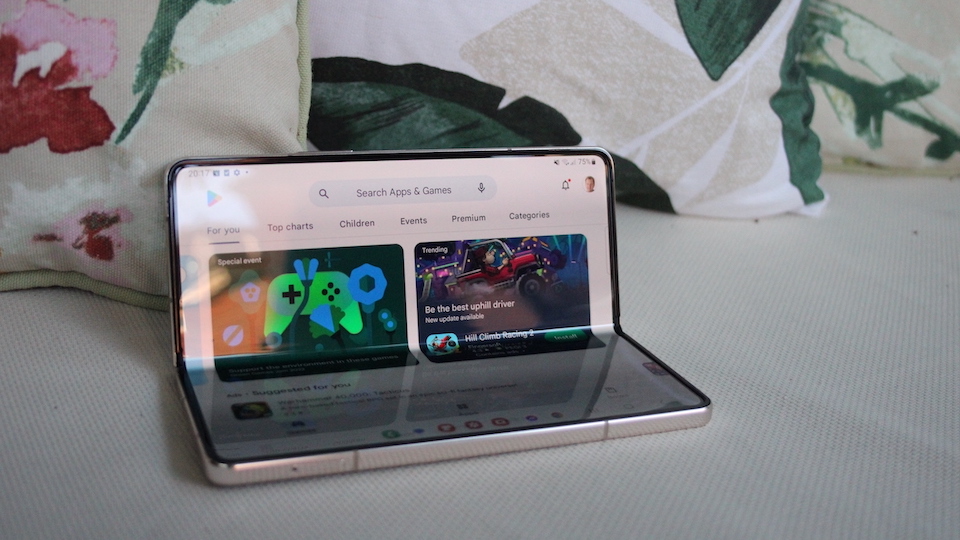
I love folding phones because they offer you more choice. You can use them like a regular smartphone, or fold them out into the size of a mini tablet for when a larger screen is required. Or you can use them in a half-opened flexed position for when you want to stand them up on a desk.
So far Apple has resisted calls to introduce a folding, or flipping, iPhone into its line-up, leaving the field open to Samsung, Motorola and Google to keep innovating. But it’s starting to feel like a folding iPhone is inevitable now. Patents have recently been filed that hint that Apple is developing its own folding phone. So, what could Apple learn from the existing folding phones if it does decide to take the plunge? We take a look at one of the best new folding phones on the market, the Samsung Galaxy Z Fold 4, and point out 5 things Apple could learn from its competition.
- Read more: One week with the Samsung Galaxy Z Fold 4 and my iPhone love will never be the same again
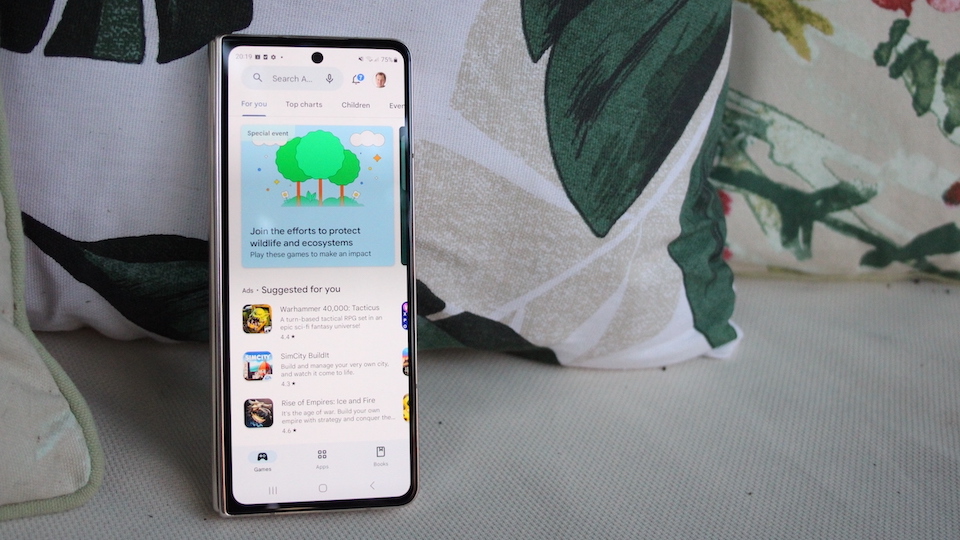
1. Get the hinge right, or use magnets
From using the Galaxy Z Fold 4, I’ve come to realise that with a folding phone it’s all about the hinge, and the Samsung doesn’t disappoint. With the Galaxy Z Fold 4 Samsung has reduced the hinge bulge from the previous Fold 3 model to the point where it's really unobtrusive. It has also reduced the size of the outer displays’ bezels, which are smaller than the previous version, so more of your focus is on the screen(s) and less on the device itself. The sense of invisibility continues on the inside of the device. When you fold the phone out, so that it’s in mini tablet mode, the fold between the two screens disappears from view entirely when you look at it straight on, so that there’s no discernable join.
But could Apple think different again here? Since Apple is not afraid to incorporate magnets into its designs I wonder if there could be some magnetic way Apple could attach two separate screens, or even two separate iPhones, together to form one larger display using MagSafe technology. This sounds a little bit like a pipe dream, especially if you could connect two separate iPhones together, but just imagine the possibilities — all you’d have to do is get together with a friend, touch iPhones and you could create a larger display on which to play a game of chess. And while it might sound a bit fanciful, it would solve the hinge problem entirely. When it’s folded up the Galaxy Z Fold 4 does look a bit like two phones glued together, and if there’s anything Apple can do to reduce that impression then that would be beneficial.
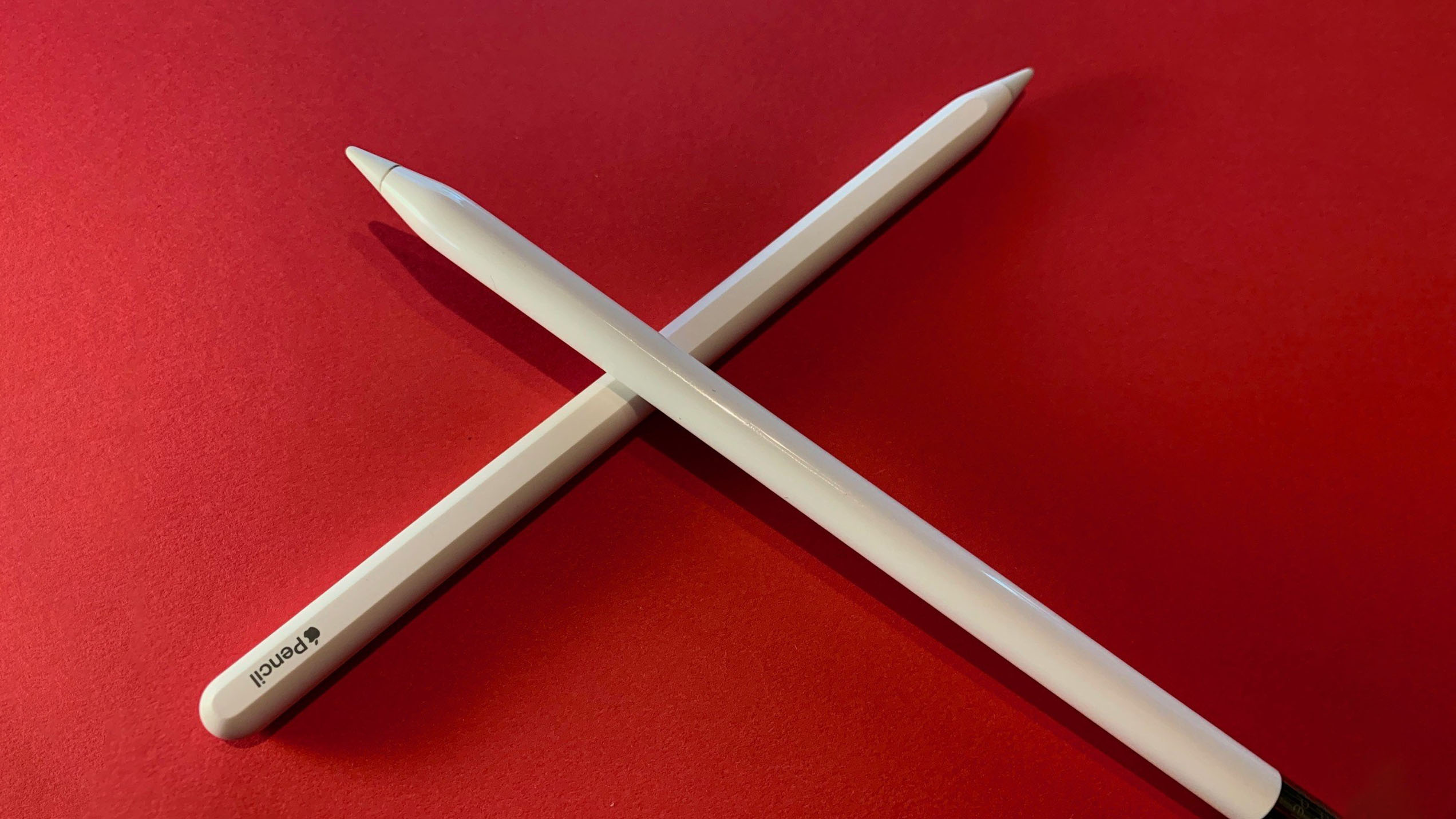
2. Make it compatible with the Apple Pencil 2
Once you can fold a phone out into a mini tablet size you’ve got to start thinking about what advantages the iPad has over the iPhone and how to incorporate them into a folding phone. The first thing would be to allow the iPad’s Apple Pencil to work with a folding iPhone.
The Apple Pencil 2 is easily the best stylus device you can get for an iPad because it attaches magnetically to the side of the iPad Pro and charges while it's attached. Allowing Apple Pencil 2 compatibility, complete with wireless charging, would give an iPhone Fold (let’s just go with that name for now) a huge advantage over an existing iPhone. The Apple Pencil is useful for artists who want to draw digital pictures, and also for just taking notes, writing emails or drawing little sketches. Having an Apple Pencil totally transforms your iPad into a digital notepad, and it could be a stroke of genius bringing it to an iPhone Fold.
The Samsung Galaxy Z Fold 4 works with its S Pen stylus, so it’s going to make sense for a foldable Apple phone to work with the Apple Pencil. Using the S Pen you can draw, write and take notes on the Galaxy Z Fold 4, but bizarrely the S Pen Fold Edition doesn’t work on the outside screen. If Apple ensured Apple Pencil compatibility then it would have to work on all the screens.
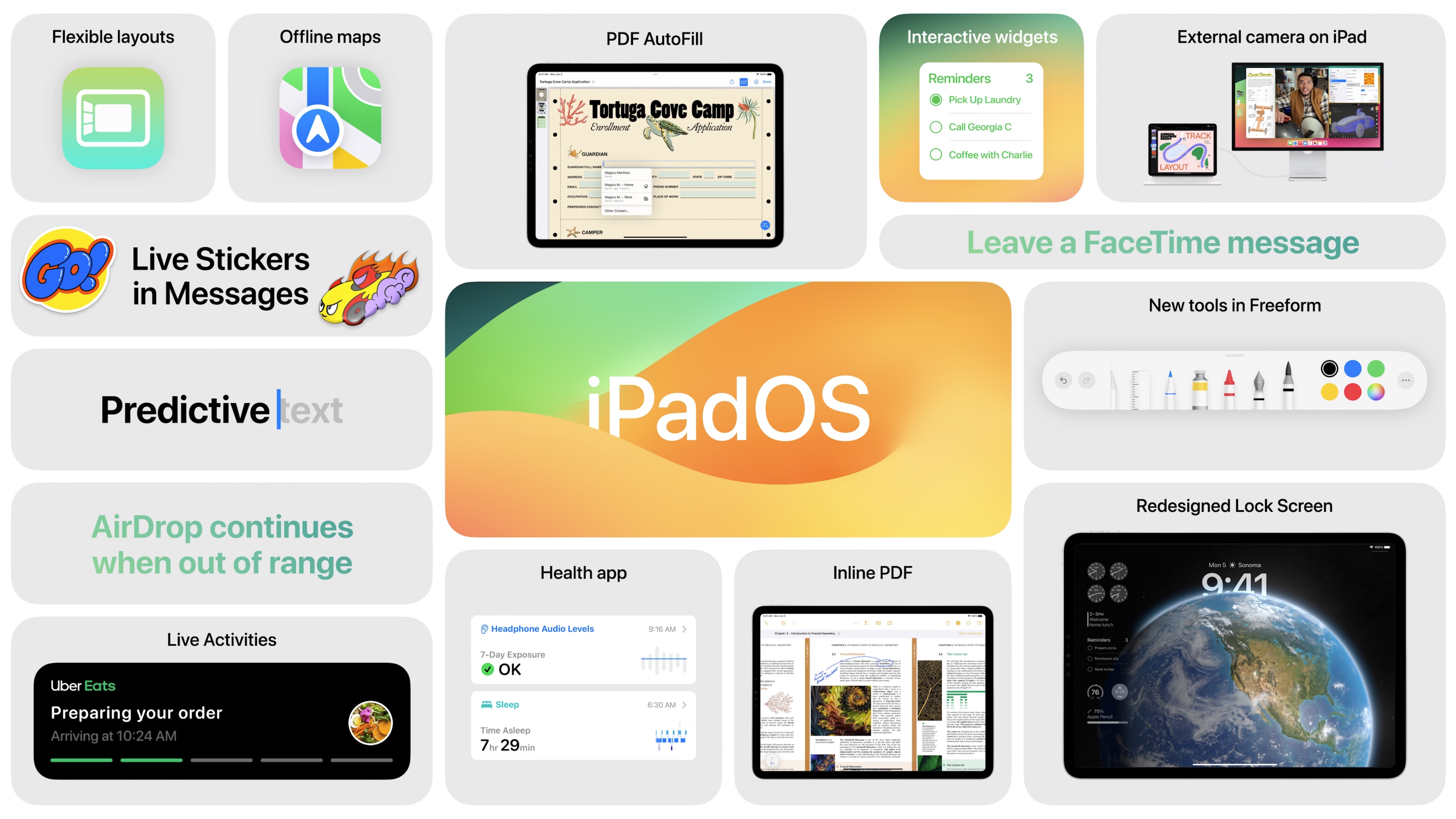
3. Include multitasking features
The big differences between iOS and iPadOS are really found in the multitasking features of iPadOS. The tablet operating system has features like Split View, Slide Over and Centre Window for using more than one app at a time. You can also drag and drop files between apps. None of these features are currently available on iPhones.
In contrast, the Galaxy Z Fold 4 has plenty of multitasking features when it is being used in flex or folded open mode. When you open an app you’ll see a taskbar at the bottom of the screen. With one app already running you can just drag another app from the taskbar up onto the main screen and it will open in the bottom half. You can do the same thing again by dragging another app off the taskbar into the main window, so you’ve got three apps running at once.
In addition to basic multitasking, the latest and more powerful iPads in Apple’s line-up have access to Stage Manager, which gives you a taskbar, like the Galaxy Z Fold 4 does, but goes further, enabling you to overlap the edges of app windows, as well as group apps together in collections so they form different desktops.
If Apple makes a folding phone then it’s going to need to implement a similar system - ideally you’d be in iOS when the phone is in folded mode, and either an enhanced version of iOS that enables multitasking when the phone is folded out, or a version of iPadOS.
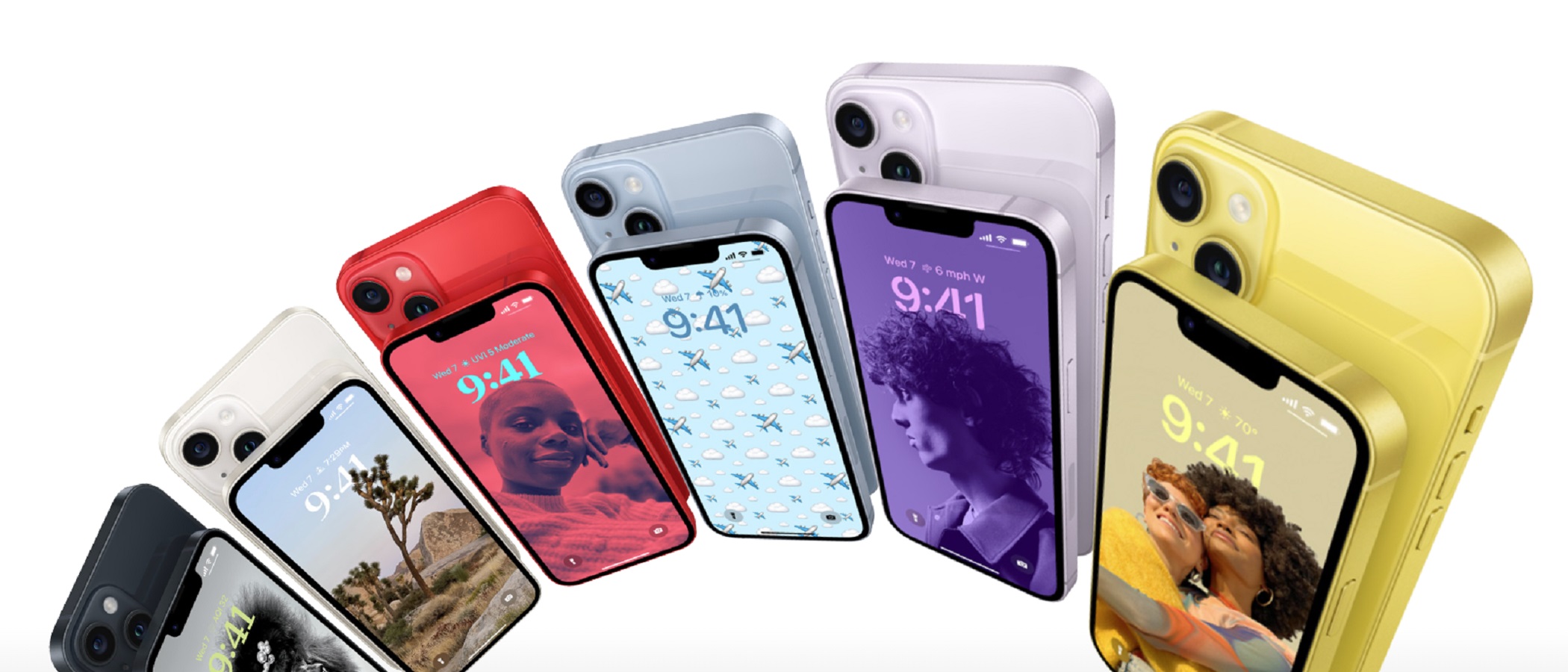
4. Screen aspect ratio
One of the first things I noticed about the Galaxy Z Fold 4 was its different screen aspect ratio when compared to the iPhone I was used to. Its cover display is 6.2 inches on the diagonal, which makes it slightly longer and thinner than an iPhone 14, which is 6.1 inches on the diagonal. This doesn’t sound like much of a difference, but it makes it feel more elegant. Giving the Galaxy Z Fold 4 more length and less width was a great design idea because most of the apps you use every day, like Facebook, Twitter and email, are designed to scroll vertically and endlessly. In fact, once I went back to my iPhone it felt a little blocky in comparison to the Samsung.
Having the ability to fold the phone out into a larger display means that in folded mode there’s the chance for Apple to play with the dimensions of the iPhone’s display, and it should probably take that chance.
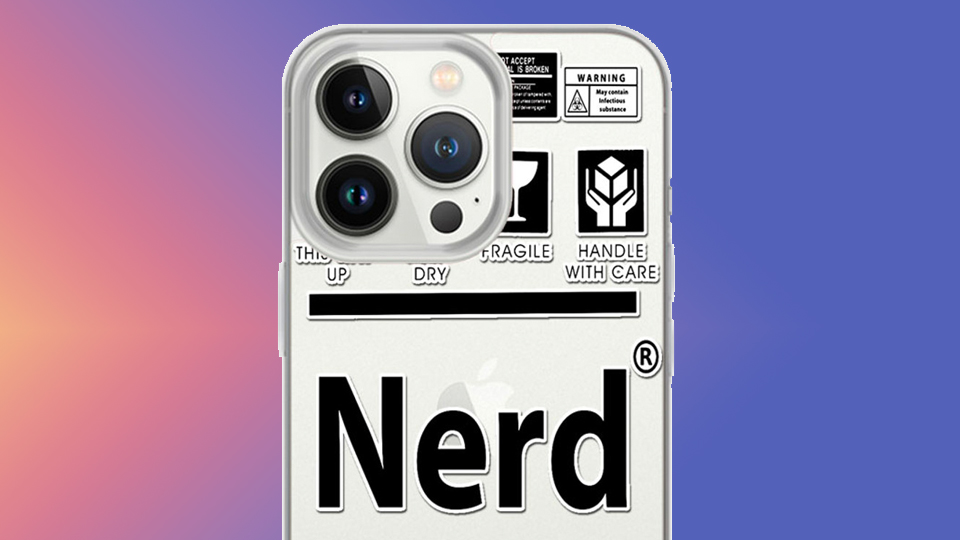
5. Don’t make it geeky, Apple
When you’ve grown up all your life using screens that can never bend or fold, seeing a screen that can fold in half and not break is still something of wow moment. As I discovered in my week-long test of the Galaxy Z Fold 4, there is something about the engineering miracle of a folding screen that really appeals to geeks, whereas people who aren’t quite as into technology for its own sake weren’t as interested.
If Apple is going to bring folding technology to the masses via its iPhone line then it can’t afford to make it geeky. For better or for worse, the iPhone is a mass market product, so any change to the basic design is going to have massive consequences. We saw the same thing when Apple spent years developing the upcoming Vision Pro. Rivals like Meta and Sony had been making VR headsets for a while now, and while they were perfectly fine for gamers, they had too many quirks and hangups to be considered mainstream devices for general computing. The headsets were heavy and ill-fitting and the controllers were cumbersome. When Apple debuted the Vision Pro this June it looked and felt like a product designed for the mass market, not just gamers or geeks. The headset is lighter and fitted beautifully, plus there weren’t any awkward controllers to hold in your hands — you just used your fingers to pinch and zoom, using actions you were already familiar with from using touchscreen devices.
The emphasis in the branding for Vision Pro is all about it being the first spatial computer, rather than it being an AR or VR headset. Perhaps Apple will do a similar thing with folding technology — they won’t actually call it folding, they’ll just invent another category for it entirely.
I would love there to be an iPhone Fold on the horizon, and when there is, no matter what it’s called, it will probably be the best folding phone ever made.







